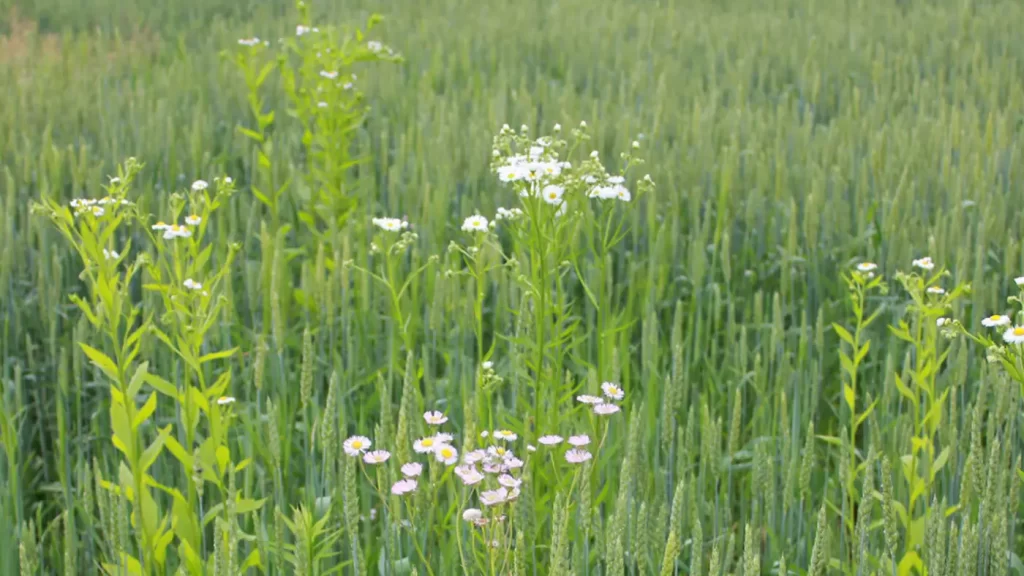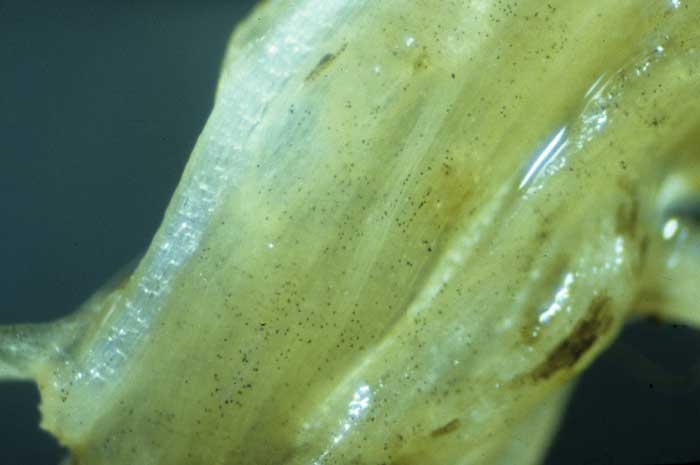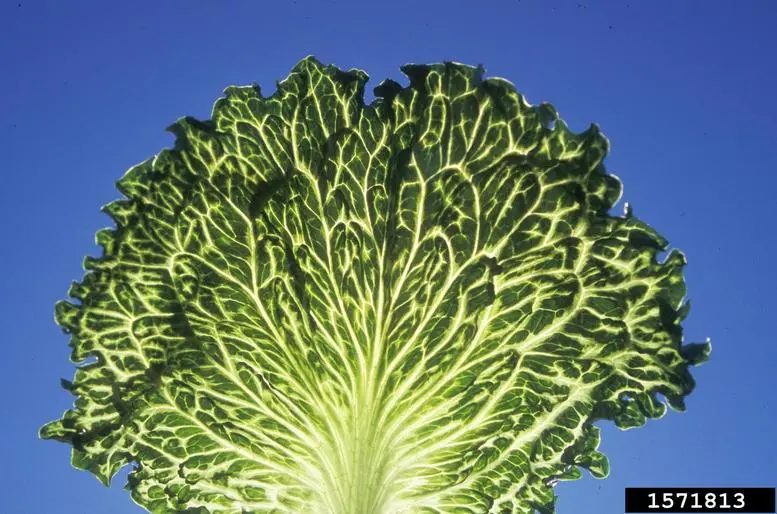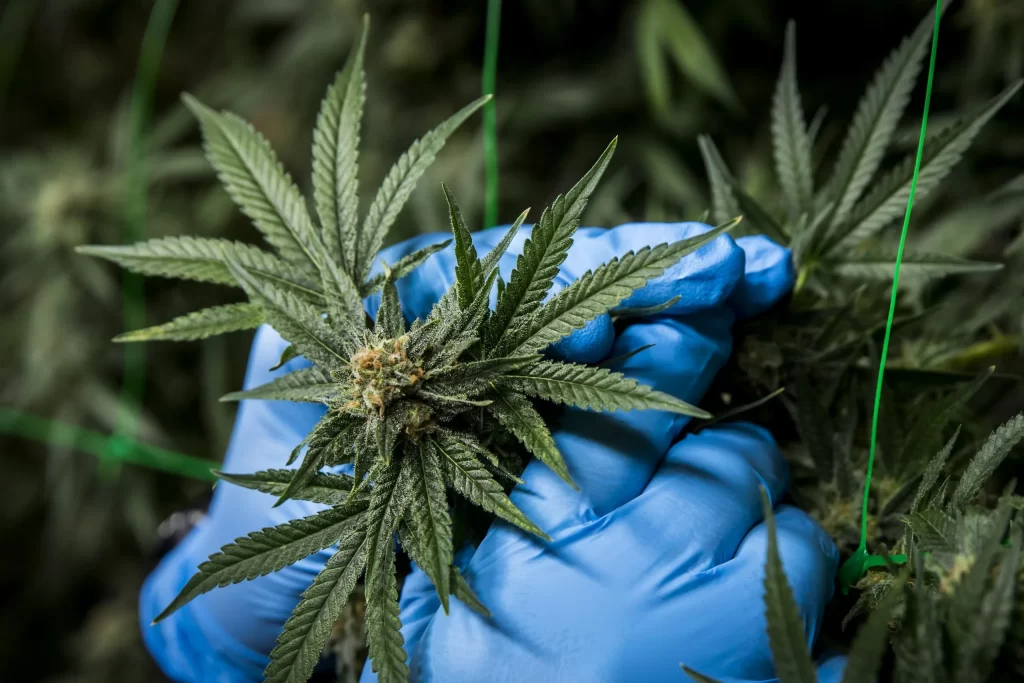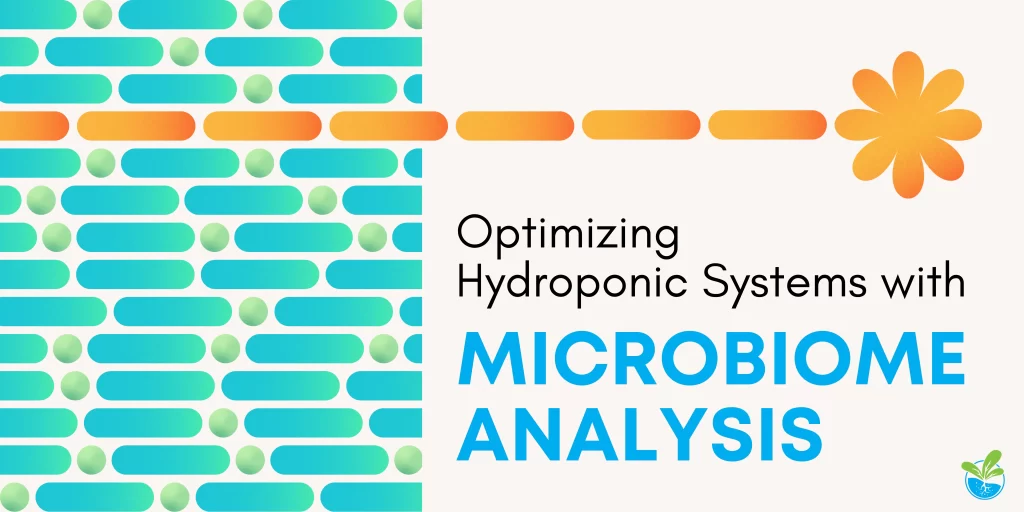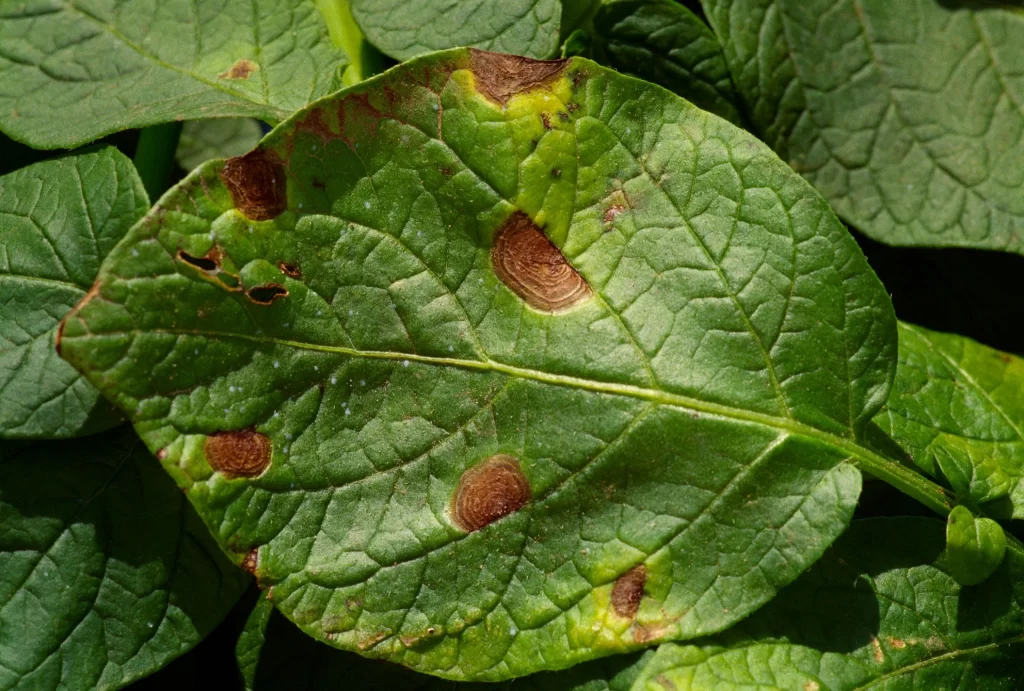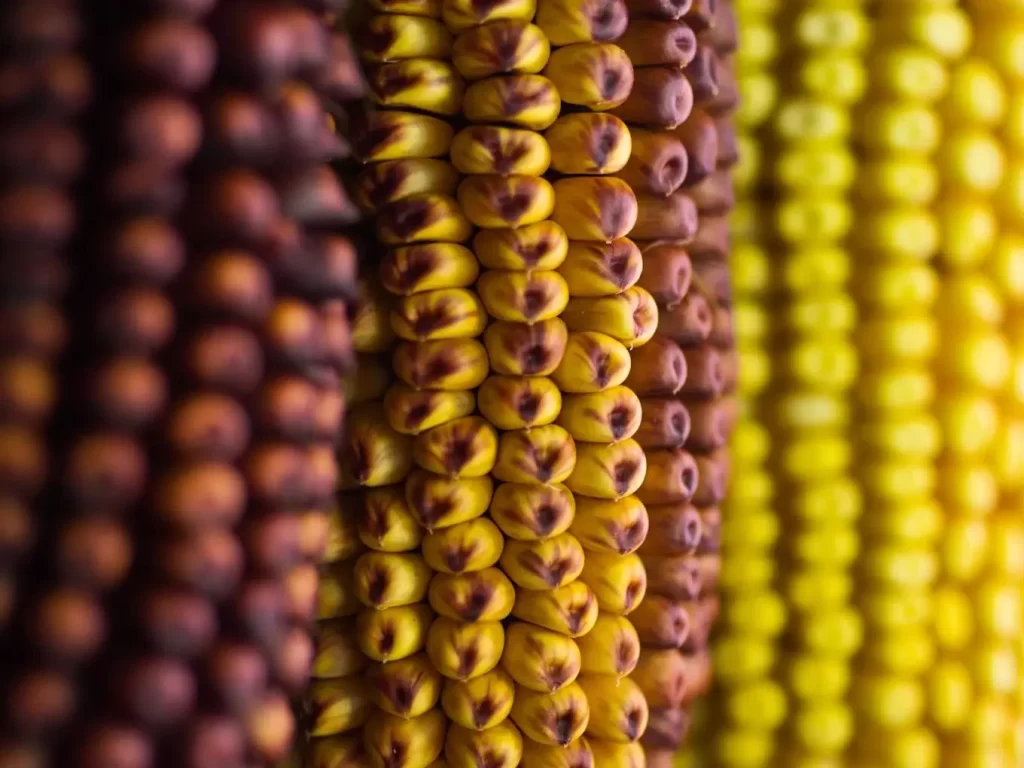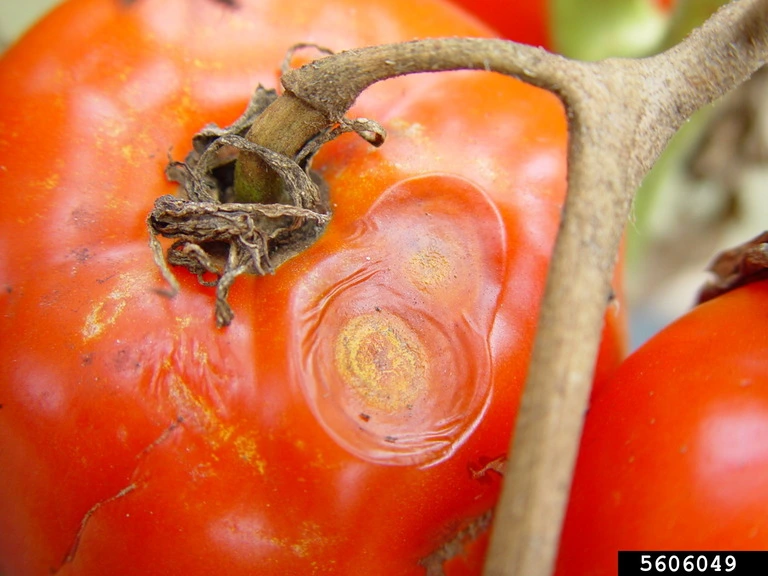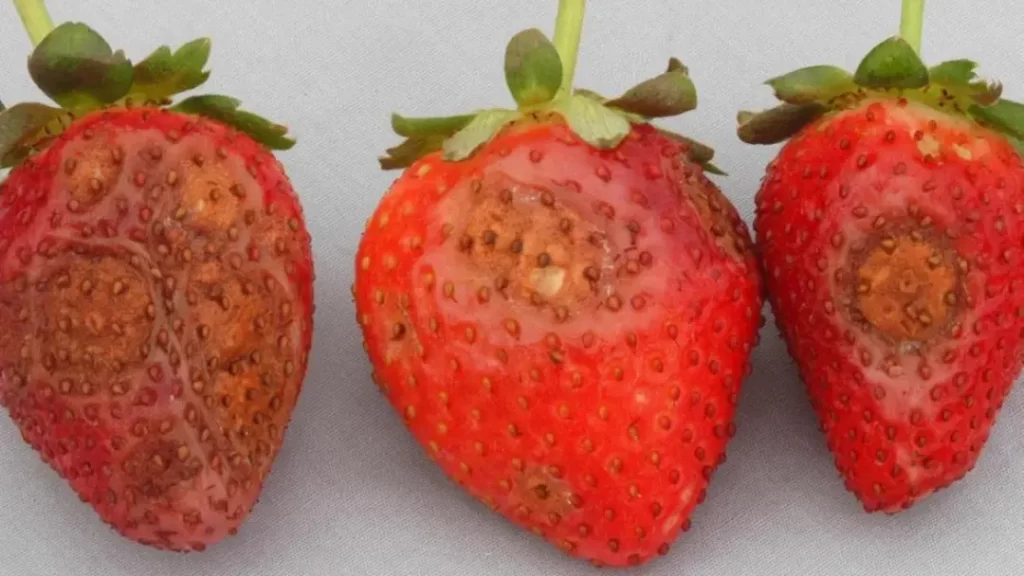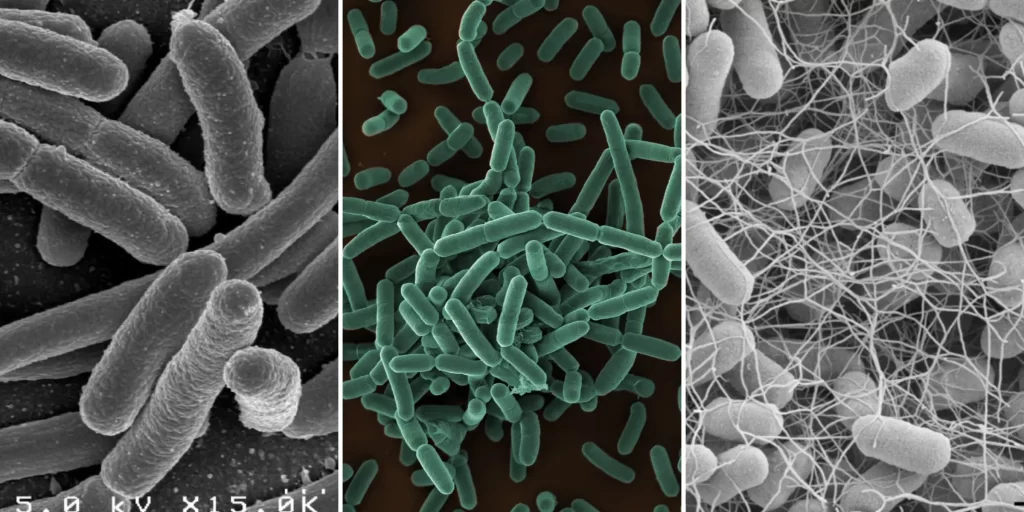Herbicide-Resistance and Genetic Testing The modern farmer faces various challenges, from fluctuating market demands to the unpredictable whims of Mother Nature. Of all these challenges, the rise of herbicide-resistant weeds has rapidly emerged as a pressing concern. In Canada alone, weeds cost growers over half a billion dollars annually in replacement herbicides and reduced crop […]
Olpidium brassicae Introduction Olpidium brassicae is a common fungal parasite that infects the epidermal cells of plant roots, particularly those in the Brassicaceae family and tobacco plants [1]. It is commonly known as seedling blight of tobacco or seedling disease of cabbage. This pathogen has a significant economic impact on agriculture, as it can reduce […]
Olpidium virulentus Introduction Olpidium virulentus is a parasitic fungus that infects plant roots, including leafy greens grown hydroponically. The pathogen can transmit two serious viruses: Lettuce big-vein associated virus (LBVaV) and Mirafiori Lettuce Big Vein Virus (MLBBV), causing a decrease in overall yield. Olpidium virulentus does not cause significant plant diseases but is a vector for viruses […]
Hop Latent Viroid Introduction Hop Latent Viroid (HLVd or HpLVd) is a significant concern for growers, particularly those cultivating hops and cannabis. This pathogen can have a considerable economic impact on the industry, leading to reduced yield, quality, and plant longevity[1-2]. A comprehensive economic study has summarized the economic impacts of diseases on specialty crops, […]
Hydroponics and Root Microbiomes Hydroponic systems offer a unique opportunity to manage the root microbiome due to their ability to control the root zone environment [1]. Understanding and optimizing the interactions between plants and their associated microbial communities can lead to improvements in crop productivity and sustainability. The Importance of Microbiomes in Hydroponic Systems Plants […]
Alternaria solani Introduction Alternaria solani is a fungal pathogen that causes early blight in tomato and potato plants, leading to significant yield reductions if left uncontrolled [1]. This disease is particularly relevant for greenhouse growers and crop consultants, as it can thrive in warm and humid conditions. The economic impact of Alternaria solani is considerable, […]
DNA Sequencing: Basics Introduction What is DNA? Why does it need to be sequenced? What does sequencing mean to begin with? In this blog, we’ll dive into the world of DNA sequencing, explaining what it is and why it’s so important for growers. We’ll break it down in a way that’s easy to understand, no […]
Colletotrichum gloeosporioides Introduction Colletotrichum gloeosporioides is a widespread and destructive fungal pathogen responsible for anthracnose disease in various fruit, vegetable, and ornamental plants. It has a wide range of hosts and is considered to be one of the top ten most economically important fungal pathogens (1). It poses a significant threat to both indoor and […]
Colletotrichum acutatum Introduction Colletotrichum acutatum is a fungal pathogen that causes anthracnose in strawberries [1]. Anthracnose describes several fungal diseases affecting various plants, from fruits to grass to trees [2,3]. Colletotrichum acutatum and fellow relatives, Colletotrichum fragariae and Colletotrichum gloeosporioides, can lead to substantial crop losses and economic impact for growers [4,5]. Even though soil-grown […]
E. coli, Listeria, and Salmonella We provide great overviews of many agricultural microorganisms. Subscribe to stay updated! E.coli Escherichia coli (E. coli) is a diverse group of bacteria commonly found in the environment, food, and intestines of humans and animals. While many strains of E. coli are harmless, some can cause severe illness, posing a […]


